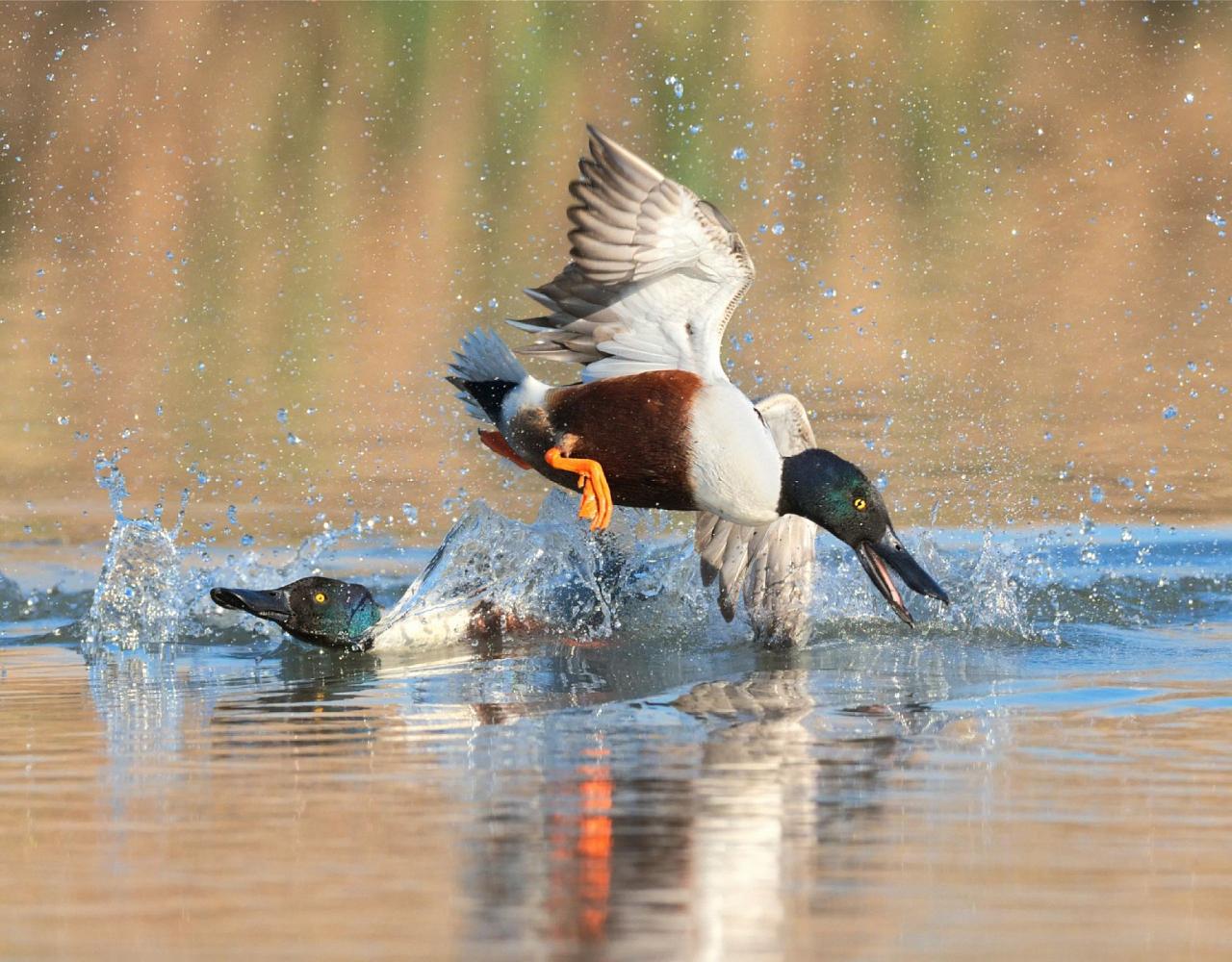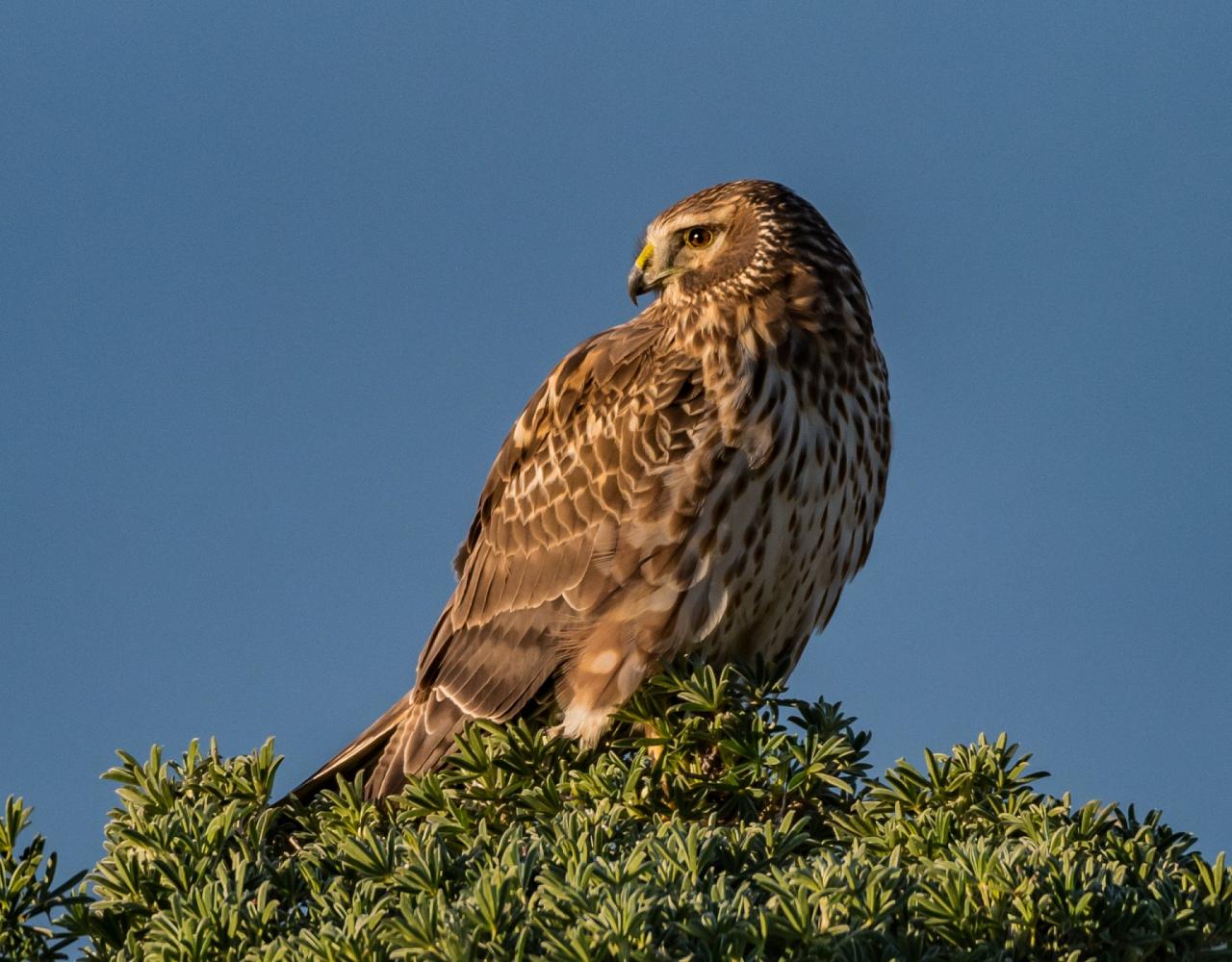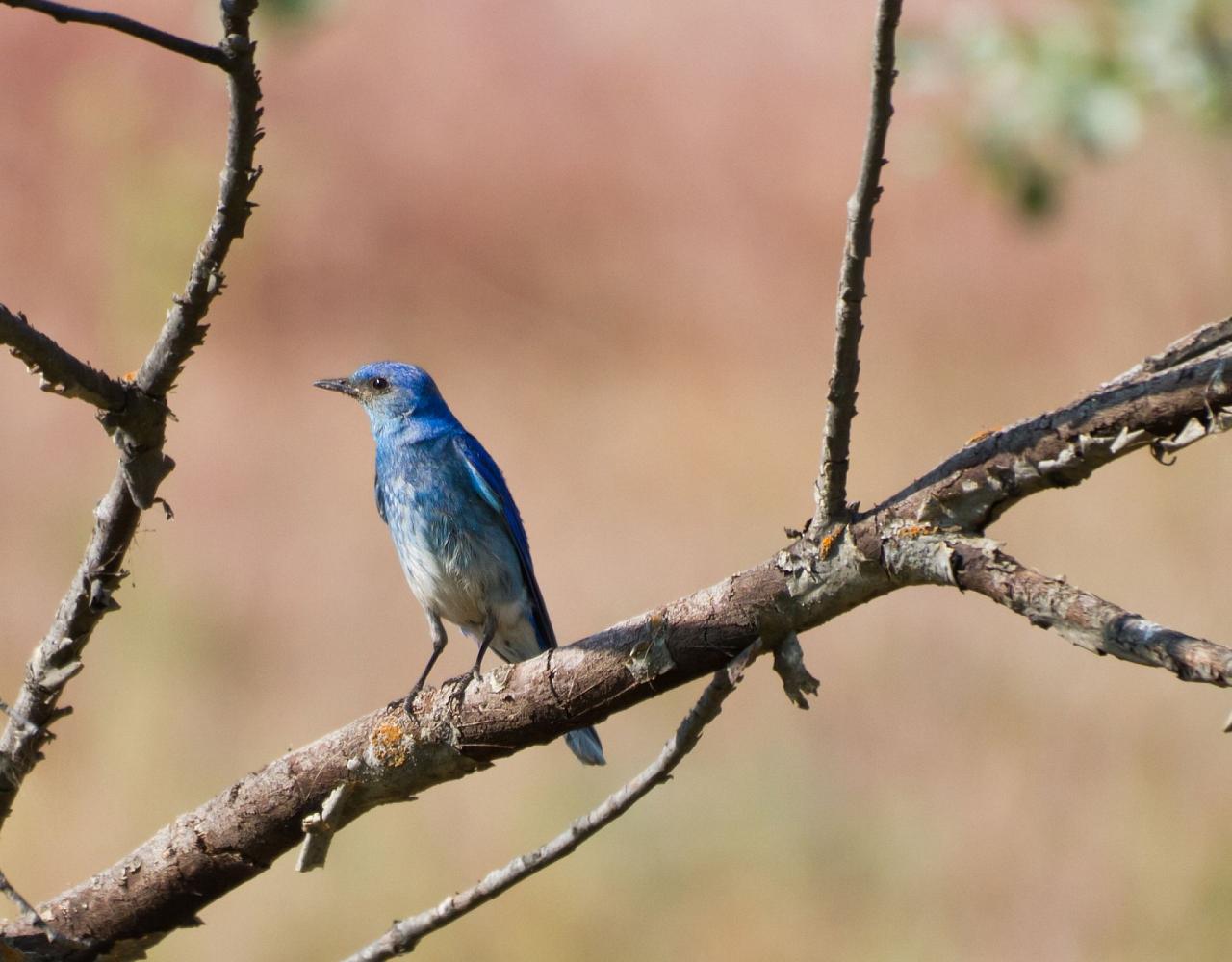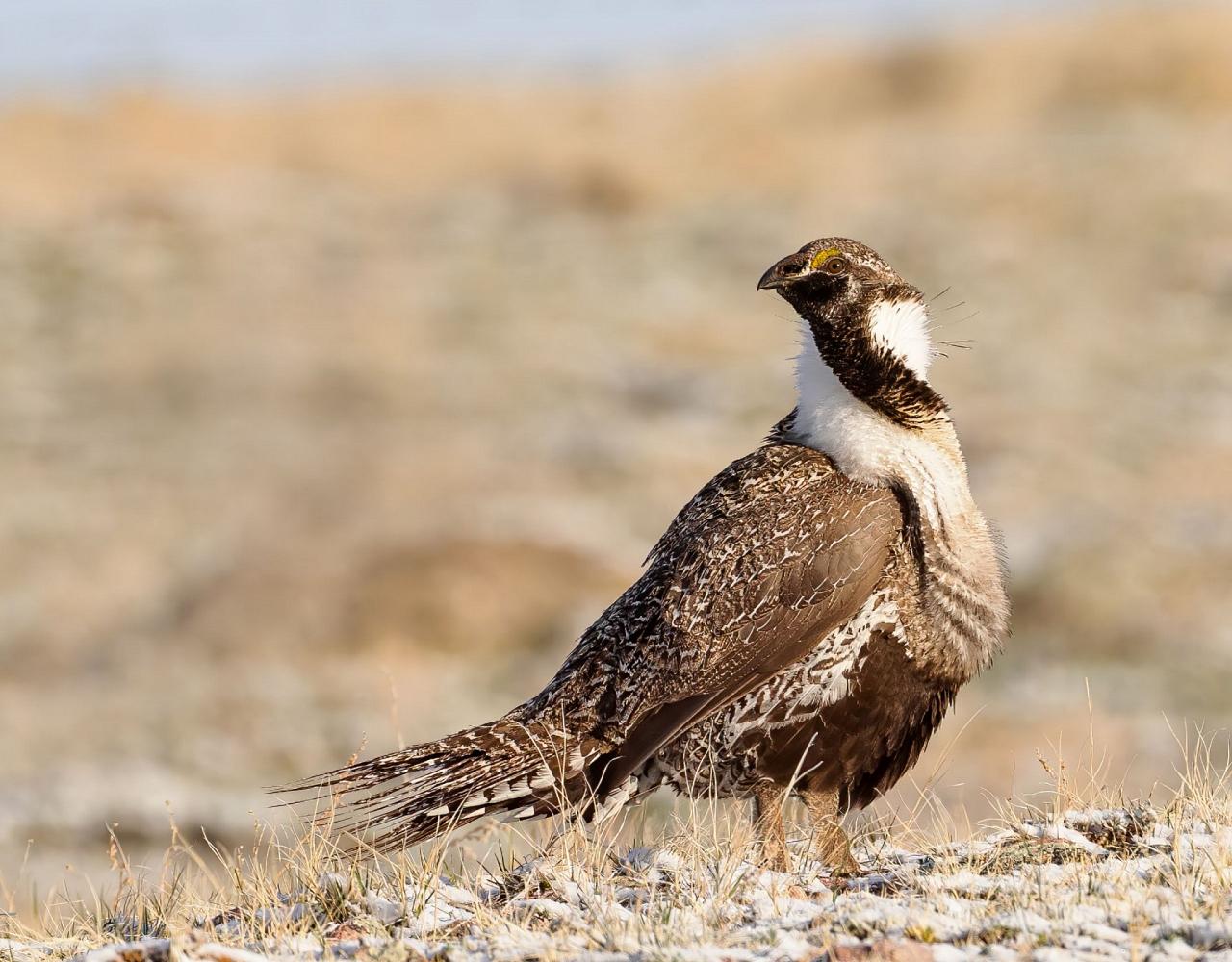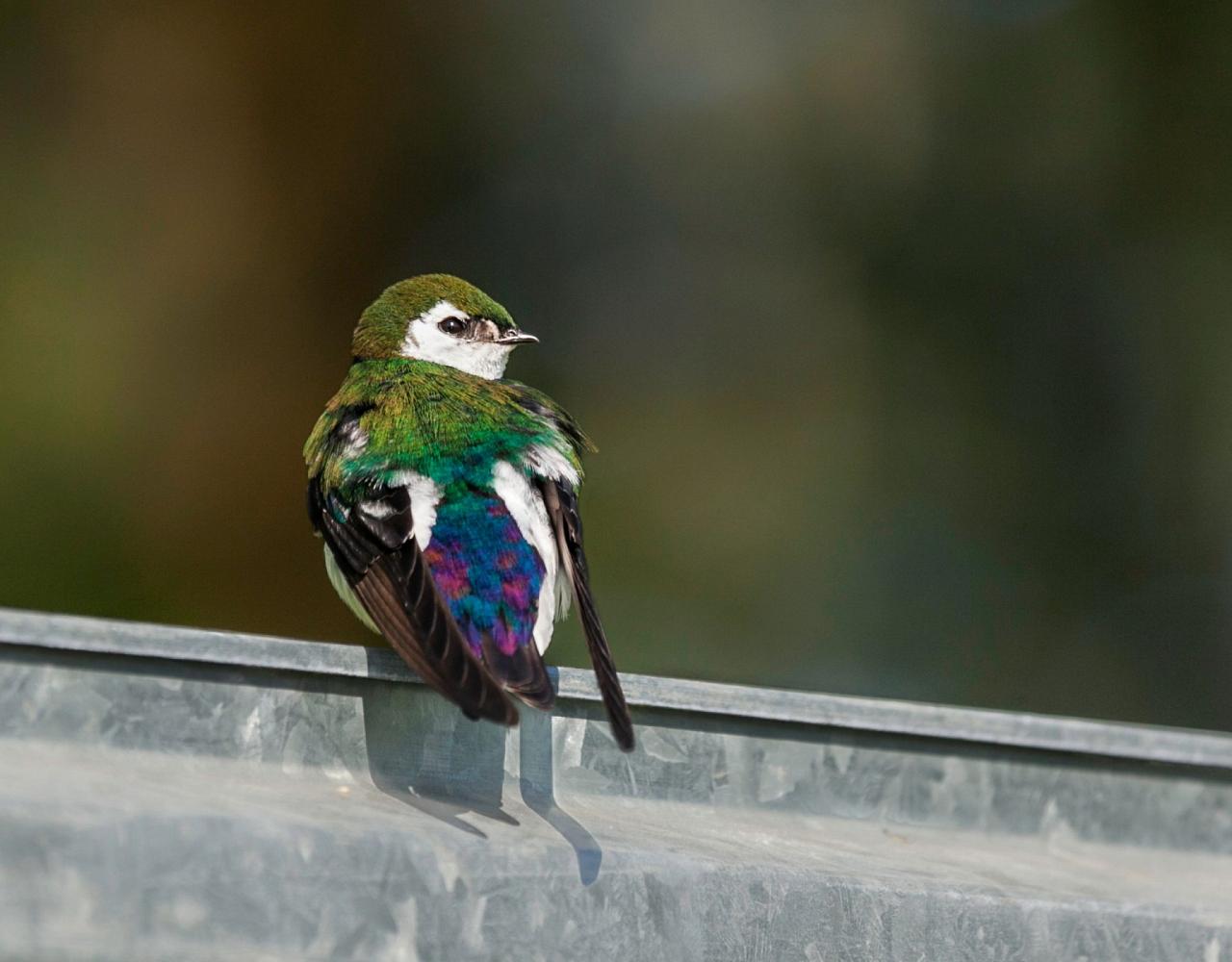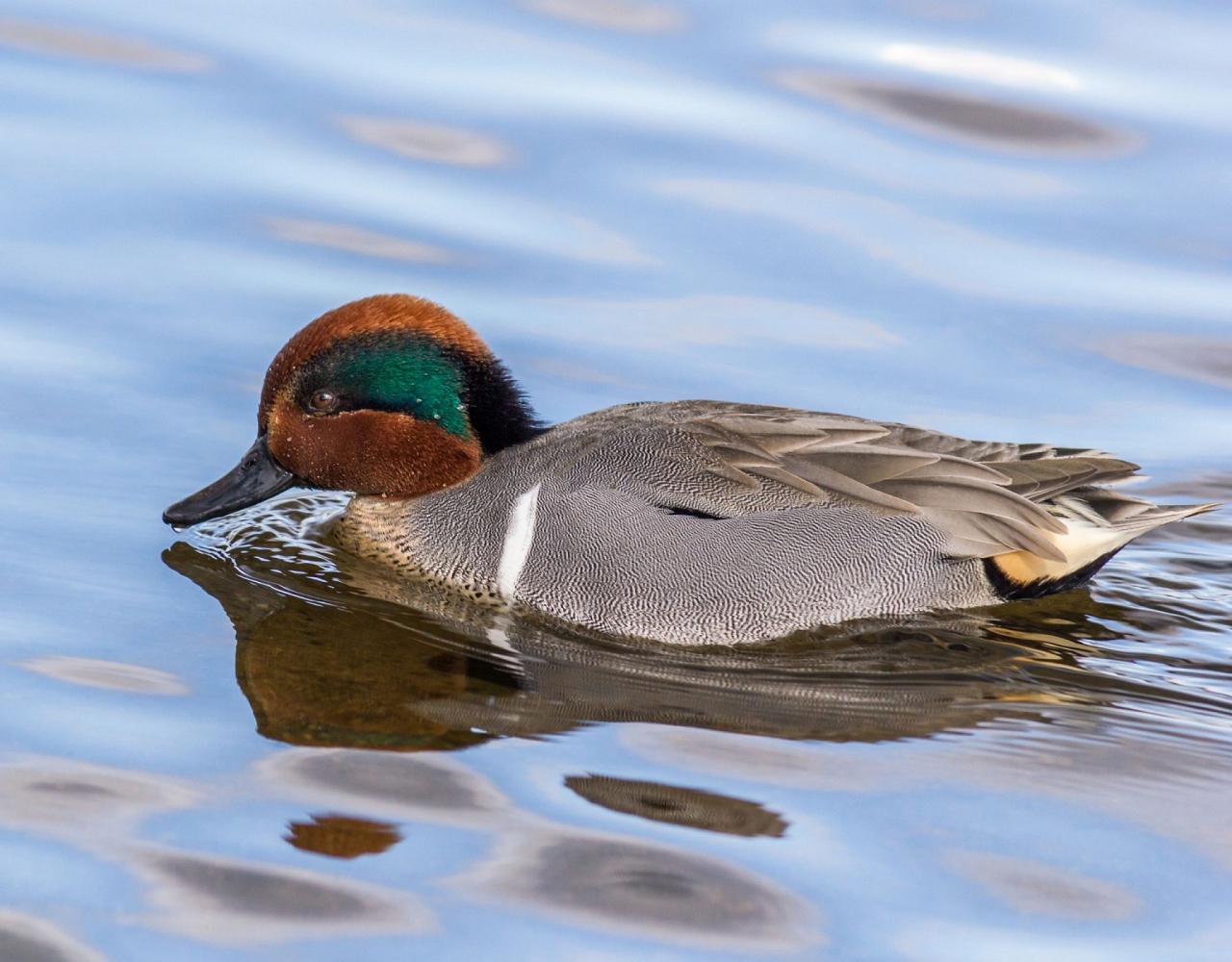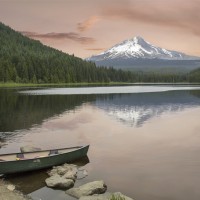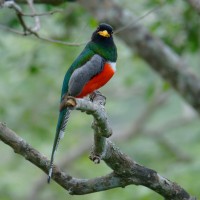- Overview
- Full Itinerary
- Photo Gallery
- Costing
- Travel Details
- Trip Reports
- Guide
- Know Before You Go
- Other Trips You May Like
This Great Basin birding and nature tour visits Nevada and Utah to explore the most biodiverse parts of the fascinating Great Basin, the United States largest desert. None of the rain that falls here ever reaches an ocean, concentrating salt levels in water and soils in this ‘endorheic’ system, producing unique habitats.
We explore at the height of fall migration, visiting important freshwater marshes that fringe the Great Salt Lake and Antelope Island to witness tens of thousands of migrating shorebirds, including American Avocet, Wilson’s Phalarope, Black-necked Stilt, grebes, and sandpipers, along with a variety of ducks, all heading south for the winter.
We stop to admire the iconic Bonneville Salt Flats landscape en route to In Elko, Nevada, a cultural mix of influences — part Wild West mixed with immigrants from Spain’s Basque region. Here we take in stunning Ruby Lakes National Wildlife Refuge, home to 200 bird species, with an optional hike to see Himalayan Snowcock, a large grouse introduced as a game bird in the 1960s.
Finally, we spend three nights near glorious Great Basin National Park, which rises from 5,280 to 10,000 feet, creating a variety of plant communities along the way, from sagebrush grasslands, to Ponderosa, Alpine and Juniper-Pinyon woods. Ancient bristlecone pine forest lines our path to the park’s small glacier.
Join us for this terrific birding and natural history tour of one of the most scenic and least understood natural wonders in the lower 48!
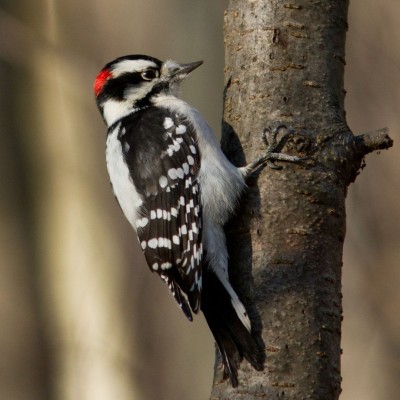
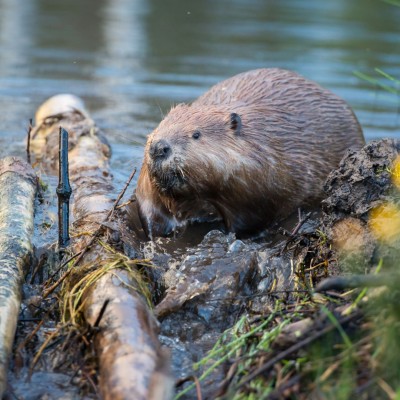
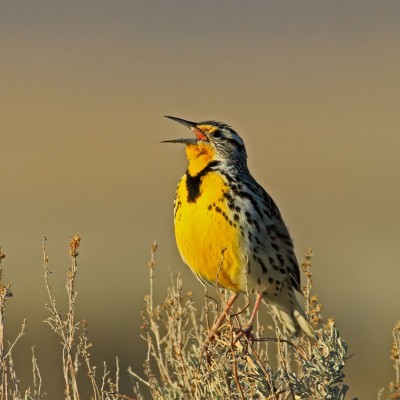
Tour Highlights
- Spend two nights in the Salt Lake City area, bordered by the Great Salt Lake to the west and the stunning Wasatch Mountains to the east
- Be immersed in shorebird migration and witness tens of thousands of birds as they head south for the winter!
- Search for Great Basin desert specialties such as Sage Thrasher, Horned Lark, and Sage Sparrow
- Take an optional hike for Himalayan Snowcock
- Enjoy a stop at the iconic Bonneville Salt Flats with an endless view of white salt crust as far as you can see
- Spend two nights in Elko, Nevada—full of western culture
- Visit Great Basin National Park and be amazed at the Bristlecone Pines, which are some of the oldest trees on earth!
- Head underground for a spectacular tour of Lehmans Caves
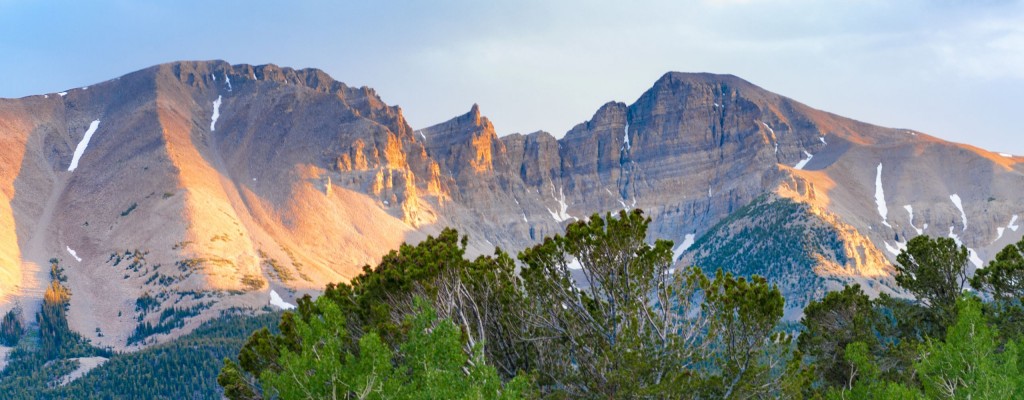
Trip Itinerary
Itineraries are guidelines; variations in itinerary may occur to account for weather, road conditions, closures, etc. and to maximize your experience.
Weds., Aug. 27 Arrival in Salt Lake City
Welcome to Utah! Please plan to arrive at the Salt Lake City International Airport (SLC) no later than 4:00 PM. Our guide is at the airport to welcome you. While Salt Lake City is the largest metropolitan area in Utah, it is located in a beautiful setting bordered by the Great Salt Lake to the west and the stunning Wasatch Mountains to the east. We head to our hotel to settle in for the next two nights and enjoy a welcome dinner at a favorite nearby restaurant.
Accommodations at Hilton Garden Inn in Layton (D)
Thurs., Aug. 28 Birding at Bear River Bird Refuge | Antelope Island State Park
Shorebird migration is in full swing! In the morning we visit the Bear River Migratory Bird Refuge. At nearly 80,000 acres, this refuge was formed to protect the marshes at the mouth of the Bear River where it flows into the Great Salt Lake. These marshes are the largest freshwater component of the Great Salt Lake ecosystem and at this time of year, bird numbers are in the thousands. We expect to see Cinnamon Teal, Green-winged Teal, and Northern Shoveler; Baird’s, Solitary, and Pectoral Sandpipers; and Marbled Godwit, Dowitcher, and Red-necked and Wilson’s Phalaropes.
In the afternoon we head to Antelope Island, a unique habitat and the largest island in the Great Salt Lake. One of the best spots for shorebirds in Utah is on the causeway to the island. We see tens of thousands of birds including American Avocet, Wilson’s Phalarope, Black-necked Stilt, grebes, sandpipers, and a variety of ducks. On the island itself, we look for Burrowing, Great Horned, and Barn Owls along with other Great Basin Desert specialties such as Sage Thrasher. While the sheer number of birds here is awe-inspiring, Bison, introduced to the island in the late 1800s, are the most famous residents with as many as 700 individuals. Pronghorn can also be seen on the island.
Accommodations at Hilton Garden Inn in Layton (B,L,D)
Fri., Aug. 29 Bonneville Salt Flats | Elko
We spend a bit of time birding in the morning before setting off to our next destination—Elko, Nevada. We make a few stops on the way. Our first stop is the Bonneville Salt Flats, an iconic landscape and famous for the car racing speed records that have been set here. After admiring the beautiful views here, we continue to Wendover.
After lunch we head to Elko, a unique town that became a base for gold and silver mining with the completion of the Transcontinental Railroad in the mid 1800s. While Western culture is prevalent in Elko, it also has an interesting history of Basque culture that is still celebrated today with an annual Basque Festival and numerous restaurants that feature Basque cuisine. If time permits, we head to the Southfork Reservoir for some birding before dinner.
Accommodations at TownPlace Suites by Marriott (B,L,D)
Sat., Aug. 30 Elko
Today we head to Ruby Lakes National Wildlife Refuge. At nearly 40,000 acres this refuge is one of the most remote in the lower 48 states, but also incredibly scenic with the stunning Ruby Mountains bordering to the west. Over 200 bird species have been recorded here including Canvasback, Lesser Scaup, American Avocet, White-faced Ibis, Caspian and Forster’s Terns, and Common Yellowthroat. On the way, we stop at Southfork Reservoir where we expect to see a variety of sandpipers, terns, ducks, and sparrows.
For those more adventurous, we have the option to look for Himalayan Snowcock, a bird native to the Himalayas but introduced in the Ruby Mountains in the early 1960s. This involves an uphill hike of around 1.5 miles with nearly 900 feet of elevation gain on an established trail. To be at the prime viewing spot at dawn, we must leave the hotel very early in the morning and hike in the dark. Big, bulky, and beautiful, it's worth the hike!
Accommodations at TownPlace Suites by Marriott (B,L,D)
Sun., Aug. 31 Great Basin National Park
Today we say goodbye to Elko and head to Great Basin National Park, famous for groves of rare Bristlecone pine trees, which can live up to 4,000 years. The park also boasts amazing habitat diversity with sagebrush covered foothills all the way up to the 13,000-foot summit of Wheeler Peak. On the way to the park, we stop in Ely for lunch.
Once at the park, we spend some time in the afternoon birding around the visitor center and lodge. The sagebrush grasslands in this area can be productive for Western Meadowlark, Pinyon Jay, Horned Lark, Western Kingbird, and Juniper Titmouse, and we keep an eye out for more uncommon species like Golden Eagle and Prairie Falcon.
Great Basin National Park has some of the darkest skies in the lower 48 states and therefore stargazing is incredible here on a clear night. We may also hear the nasal peent of a Common Nighthawk, the distinctive ‘poor-will’ of the Common Poorwill, or the hoots of a Great Horned Owl.
Accommodations at the Hidden Canyon Retreat (B,L,D)
Mon., Sept. 1 Great Basin National Park
This morning we visit the upper portion of Great Basin National Park where the scenery is fabulous. We work our way up the road, stopping at scenic overlooks to admire the stunning views of Wheeler Peak above us and the Great Basin stretching out below us. We keep our eyes peeled for Clark’s Nutcracker, Stellar’s Jay, Calliope Hummingbird, Red Crossbill, and if we’re lucky, Black Rosy-Finch.
We take a short walk and hope to see Mountain Chickadee, Red-naped Sapsucker, Hairy and Downy Woodpeckers, Townsend’s Solitaire, Green-tailed Towhee, Mountain Bluebird, and Pine Siskin. For those up to a hike, we can do the 3-mile roundtrip trail to the Bristlecone Pines. The trail is in good condition, but it is uphill and starts at over 9,000 feet in elevation. We take the hike at a birder’s pace and it’s well worth it to see these rare, magnificent trees that are among the oldest on earth. Those that opt not to do the hike can enjoy the scenery and birding in and around the campground or nature walk area.
Accommodations at the Hidden Canyon Retreat (B,L,D)
Tues., Sept. 2 Great Basin National Park | Lehman Caves
In the morning we spend a little time birding around the orchards and picnic area. We also do a tour of the spectacular Lehman Caves, which is the longest cave system in Nevada. Prepare to be in awe of this limestone cave and its many stalactites, stalagmites, and even rare shield formations. After our guided tour through the caves and lunch, we return to our lodge in the afternoon to rest up, enjoy the pool, or birding around the lodge grounds. We then celebrate our wonderful trip with a delicious farewell dinner.
Accommodations at the Hidden Canyon Retreat (B,L,D)
Weds., Sept. 3 Departures
We have a 4-hour drive to the Salt Lake City Airport (SLC) and plan to arrive around noon. Please plan flight departures for 2:00 PM or later. (B,L)
Cost of the Journey
Cost of the journey is per person based on occupancy: $3690 DBL / $4670 SGL, from Salt Lake City, and includes accommodations for 7 nights, meals as specified in the itinerary (B=breakfast, L=lunch, and D=dinner), airport welcome and transfers, professional guide services, local park and other area entrance fees, and miscellaneous program costs. The cost does not include transportation to or from your home city, or items of a personal nature such as laundry, telephone calls, or beverages from the bar or gratuities for porterage or personal services.
Travel Details
Please plan to make air travel plans only after the minimum group size has been met. We will send you a confirmation email as soon as the trip has been confirmed.
Arrival and Departure Airport: Salt Lake City International Airport (SLC)
Arrival Details: Please plan flights to arrive August 27, 2025 no later than 4:00 PM.
Departure Details: Please plan flights to depart September 3, 2025 after 2:00 PM. We have a 4 hour drive to the airport on our last day and plan to arrive by 12:00 PM.
Travel Tips: If you arrive early to rest up from your travels, we have some hotel recommendations below. If you would like to explore Salt Lake City, there are plenty of things to see! The historic Temple Square area is a great place to walk around. It is approximately 35 acres in a park like setting and has impressive architecture and landscaping. If you like museums, the Natural History Museum of Utah has a variety of exhibits, including over 5,000 artifacts on display, and focuses on history and natural science in Utah and the Intermountain West. If you want to see birds from all over the world, head over to the Tracy Aviary and Botanical Gardens. Salt Lake City is easy to get around via taxi, Uber, and several public transportation options.
Hotel Recommendations
By the airport:
Hampton Inn & Suites Salt Lake City Airport
(801) 530-0088
Holiday Inn & Suites Salt Lake City Airport East
(801) 741-1500
Downtown Salt Lake City:
Holiday Inn Express Downtown Salt Lake City
(801) 521-9500
AC Hotel by Marriott Salt Lake City Downtown
(385) 722-9600
Browse below for trip reports and species lists from past versions of this and other tours from this destination.
Nevada
- August 2024
- August 2025
-
Bryan Shirley
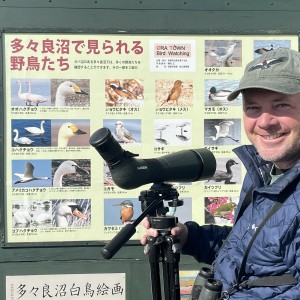
Bryan Shirley graduated from the University of Kentucky with a degree in Japanese/International Economics. He lived in Japan for 3 years when he was 20 and fell in love with the language and culture and has been guiding and birding there ever since. Besides guiding in Japan, he regularly leads tours for Japanese birding groups around the US and other countries. When not guiding he has been involved with various DWR and USFWS projects such as relocating Sage Grouse, breeding bird surveys, and bird-related projects for private environmental consulting firms. He also has volunteered his time to serve as president of Utah County Birders and organizes the annual Audubon Christmas Bird Counts for Provo and Payson, Utah where he currently resides. He currently is a member of the Utah Bird Records Committee.
Other trips with Bryan Shirley
-
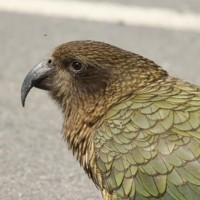 Birds & Nature of New Zealand CLOSED - See our January departure!October 8 - 24, 2025
Birds & Nature of New Zealand CLOSED - See our January departure!October 8 - 24, 2025 -
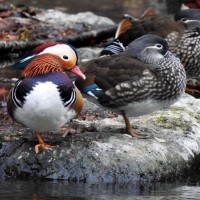 Japan Birding & Nature FULL - See our January departure!December 1 - 17, 2025
Japan Birding & Nature FULL - See our January departure!December 1 - 17, 2025 -
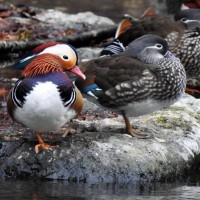 Japan Birding & Nature FULL - Check out Island of Wonder: Birds & Nature of Sri Lanka!January 7 - 23, 2026
Japan Birding & Nature FULL - Check out Island of Wonder: Birds & Nature of Sri Lanka!January 7 - 23, 2026 -
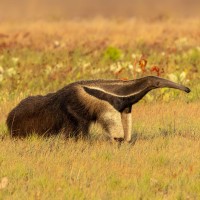 Guyana: Unspoiled WildernessFebruary 12 - 24, 2026
Guyana: Unspoiled WildernessFebruary 12 - 24, 2026 -
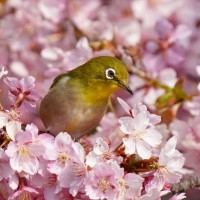 Spring in Japan: The Southern Islands FULL - Check out Island of Wonder: Birds & Nature of Sri Lanka!April 1 - 14, 2026
Spring in Japan: The Southern Islands FULL - Check out Island of Wonder: Birds & Nature of Sri Lanka!April 1 - 14, 2026 -
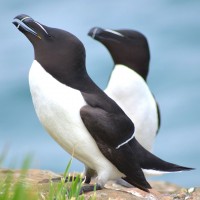 Iceland Birding & Nature FULL - See our Austria & Hungary tour!June 6 - 16, 2026
Iceland Birding & Nature FULL - See our Austria & Hungary tour!June 6 - 16, 2026 -
 Northern Tanzania: Wildlife & Birding SafariNovember 7 - 18, 2026, w/Nairobi & Amboseli National Parks extension
Northern Tanzania: Wildlife & Birding SafariNovember 7 - 18, 2026, w/Nairobi & Amboseli National Parks extension -
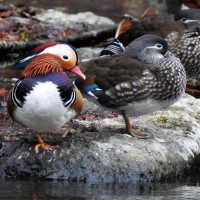 Japan Birding & Nature Only one space left!January 7 - 23, 2027
Japan Birding & Nature Only one space left!January 7 - 23, 2027
-
Essential Information +
Packing List +
Suggested Reading List +
Useful Links +
Photo credits: Banners: Bighorn Ram (NJ Stock), Great Basin National Park (NJ Stock), Long-billed Curlew (NJ Stock), Wildflowers (NJ Stock), Yellow-bellied Marmot (NJ Stock), Black-billed Magpie (NJ Stock), Wildflowers (NJ Stock) Thumbnails: Downy Woodpecker (NJ Stock), Beaver (NJ Stock), Western Meadowlark (NJ Stock)








